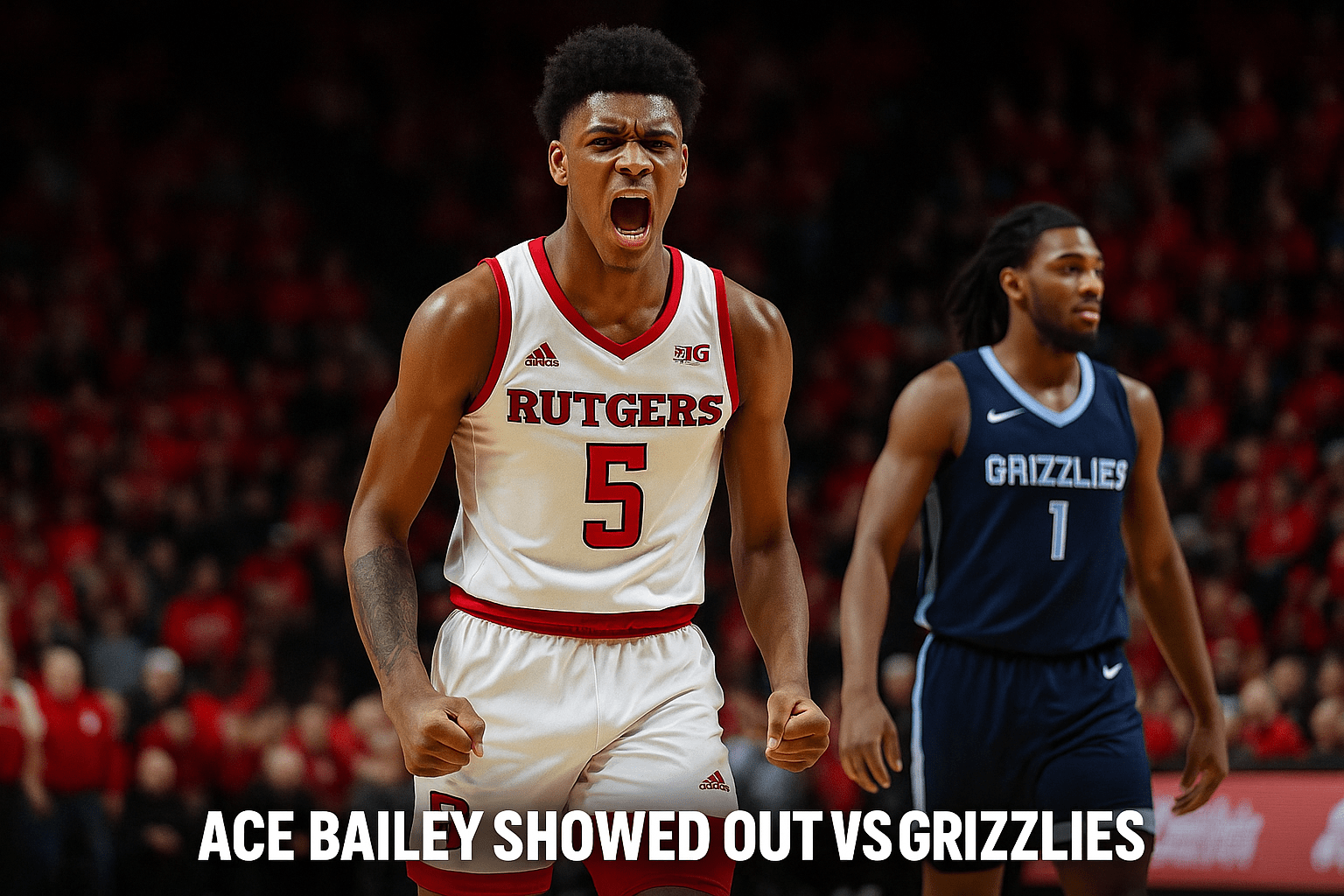It started as just another night on the schedule. One of eighty-two. A mid-season tilt that didn’t scream headline but hinted at something brewing underneath. And by the time the final buzzer echoed through the United Center, the chicago bulls vs 76ers match player stats told a deeper story than the scoreboard ever could.
This game wasn’t defined by one run or one shot. It was a slow-burner. A game that ebbed and surged. A clash of structure and spontaneity, of DeRozan’s methodical mid-range mastery against Embiid’s commanding presence in the paint. Each possession felt like it could tilt the balance. And in games like this, what the players do on the stat sheet becomes more than just a record—it becomes evidence of tension, adjustment, and fight.
Opening Moves: Quiet Calculations, Early Impressions
The first six minutes were quiet. Not dull—strategic. Both teams were testing the waters, switching early, hunting mismatches. For the Bulls, Coby White’s early aggression stood out. He attacked closeouts and kept the ball moving, even if it didn’t translate into big numbers right away.
On the other end, Tyrese Maxey took the first five Philly shots. Not out of selfishness, but rhythm. Joel Embiid stayed patient, surveying the floor before demanding doubles in the low post. The Bulls sent help from the corners—risky against shooters like Tobias Harris—but it worked for a while.
By the end of the quarter, the chicago bulls vs 76ers match player stats told of even footing. The Sixers led 26–25. Nothing explosive, but everything calculated.
Second Quarter Shift: Second Units and Subtle Momentum
Basketball isn’t just won by stars. It’s often decided in the middle quarters, when rotations widen and coaches gamble. That’s where this game started to shift.
Jevon Carter checked in and gave the Bulls a spark—one steal, two deflections, and a spot-up three in the corner that gave Chicago its first real run. The pace picked up. Andre Drummond fought for every board, grabbing five in five minutes and sealing off Embiid long enough for guards to drive unchallenged.
But Philadelphia didn’t crack. Paul Reed gave the Sixers a crucial five-minute stretch—altering shots, staying vertical, keeping DeRozan off-balance. Maxey returned with six straight points, slicing through the defense like it was scripted.
At the half, the chicago bulls vs 76ers match player stats were nearly symmetrical: Bulls shooting 48%, Sixers 50%. Rebounds even. Turnovers within one. It wasn’t just close—it was layered.
The Third Quarter: Stars Set the Table
No more feeling things out. The third quarter belonged to the big names.
DeMar DeRozan began with three straight possessions—one pull-up from the right elbow, one drive that ended in a fade over Harris, and one trip to the line. Vintage DeRozan. You could feel him settle in. The moment slowed around him.
Then Embiid answered. A thunderous dunk off a pick-and-roll, then a soft jumper from the top of the key. He drew Vučević into foul trouble, then took advantage of the mismatch when Patrick Williams was switched onto him.
The chicago bulls vs 76ers match player stats showed both Embiid and DeRozan climbing toward 20-point nights. But what mattered more was how much gravity they created. Open threes. Weak-side rebounds. Players like Melton and White got easy looks because the stars demanded attention elsewhere.
Fourth Quarter Execution: Edges, Errors, and Endings
Games like this come down to details. A single backdoor cut. A missed box-out. A turnover on a routine handoff.
The Bulls briefly pulled ahead behind Alex Caruso’s defense. He locked down Maxey on three straight possessions, drew a charge, and even hit a tough runner in transition. For a few minutes, Chicago looked in control.
But the Sixers played like a team that’s been here before. Embiid stayed calm. He passed out of the double, trusted his teammates. Tobias Harris nailed a huge corner three with 2:12 remaining. Then Maxey, who’d been hounded all quarter, finally shook free for a dagger pull-up with under a minute left.
The final chicago bulls vs 76ers match player stats read as follows:
| Player | Team | Points | Rebounds | Assists | FG% | Steals | Turnovers |
|---|---|---|---|---|---|---|---|
| Joel Embiid | 76ers | 33 | 12 | 4 | 57% | 1 | 2 |
| Tyrese Maxey | 76ers | 22 | 3 | 5 | 49% | 0 | 1 |
| Tobias Harris | 76ers | 15 | 5 | 3 | 46% | 1 | 1 |
| DeMar DeRozan | Bulls | 29 | 6 | 5 | 50% | 0 | 2 |
| Zach LaVine | Bulls | 21 | 3 | 4 | 47% | 1 | 2 |
| Nikola Vučević | Bulls | 13 | 8 | 2 | 42% | 1 | 3 |
| Alex Caruso | Bulls | 8 | 4 | 3 | 44% | 2 | 0 |
The Final Whistle: Not Just a Loss, A Lesson
The Sixers pulled away by six, but the game didn’t feel like a failure for Chicago. It felt like a blueprint.
They held their own in the paint. They matched Philly’s physicality. But the chicago bulls vs 76ers match player stats showed where experience won out—fewer turnovers in key moments, better closeouts on shooters, and star players who delivered when it mattered most.
Chicago showed growth. The Sixers showed maturity. Both showed the kind of fire that makes you circle the next matchup on the calendar.
Closing Reflection
Every stat line tells part of the story. But games like this remind you that stats only mean something when read in context. The chicago bulls vs 76ers match player stats weren’t just numbers—they were plot points.
They told of effort, of coaching choices, of reactions under pressure. They gave shape to a game that never gave in. And for both teams, whether in victory or defeat, that’s what matters most moving forward.




